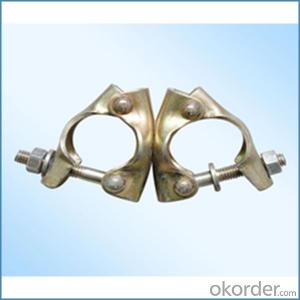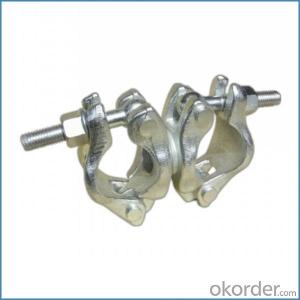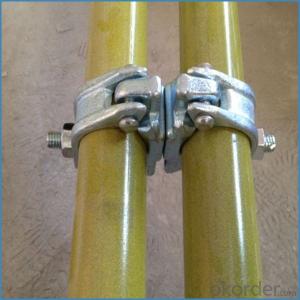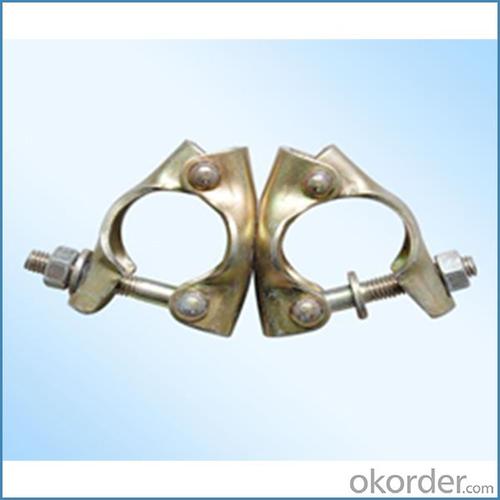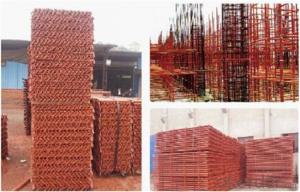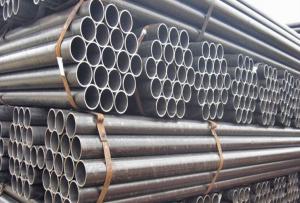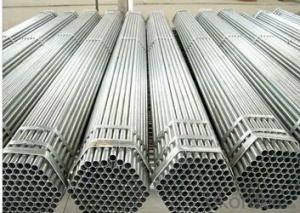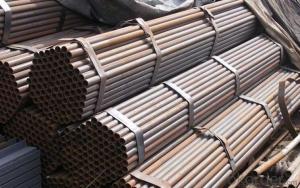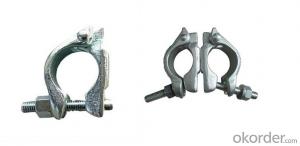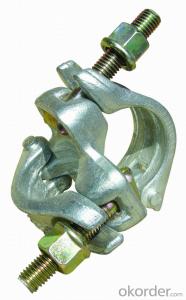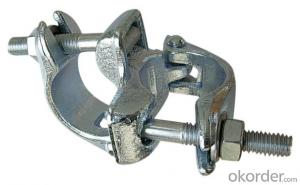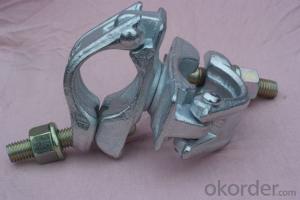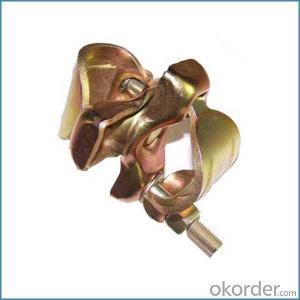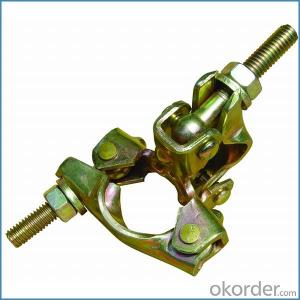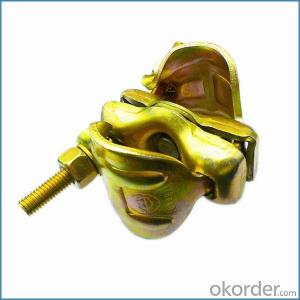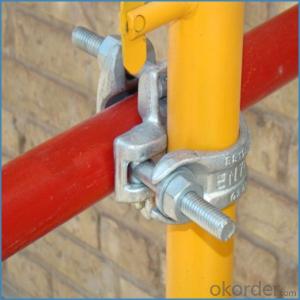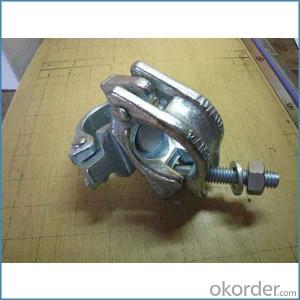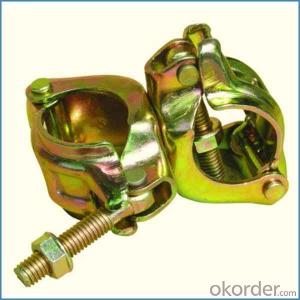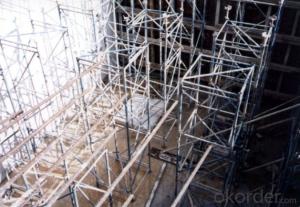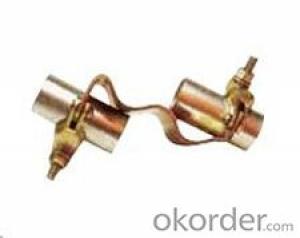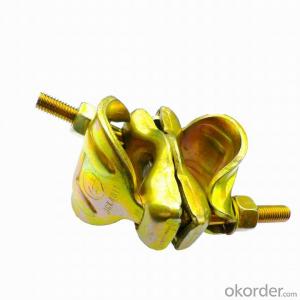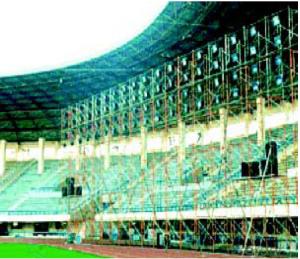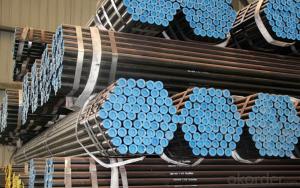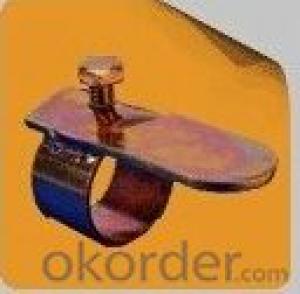Right Angle Swivel Coupler British Type for Sale
- Loading Port:
- Tianjin
- Payment Terms:
- TT OR LC
- Min Order Qty:
- 100 kg
- Supply Capability:
- 100000 kg/month
OKorder Service Pledge
OKorder Financial Service
You Might Also Like
Right Angle Swivel Coupler British Type
Description
1.The scaffolding coupler is always used to connect the steel pipe as scaffolding system.
2.The often used coupler is swivel coupler and righ angle coupler .
3.We can provide types of scaffolding coupler according to your requirement.
4.Couoler can fix the 48.3mm scaffolding steel pipe tightly and make the whole scaffolding system more steadily.
5.Material:Q235 steel
6.Overall Size:48.3mm*48.3mm
7.Surface Finish: Galvanized/ Painted
8.Standard:BS1139,EN74
9.Package:25pcs/bag
10.Manufactuering as per customer requirements
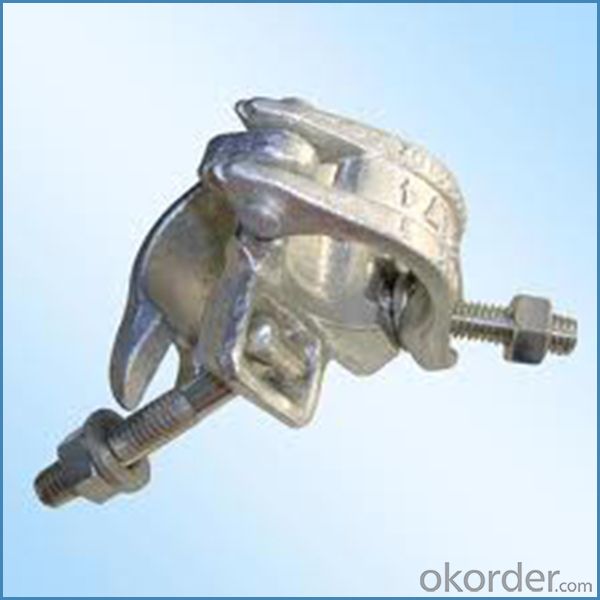
Feature
(1)Excellent Anti-Breaking—Cold Pressed Steel
(2)Outstanding Resistance Deformation
(3)Strong Anti-Dropping Ability
(4)Longtime USe
(5)Qualtity Guaranteed
(6)OEM Service
Photo
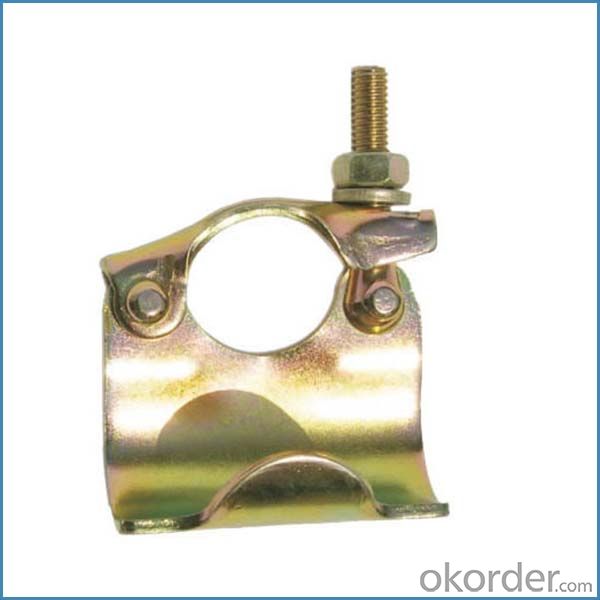
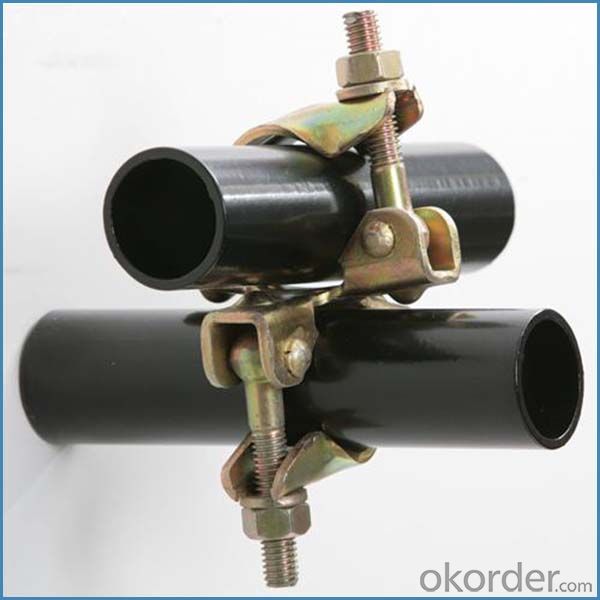
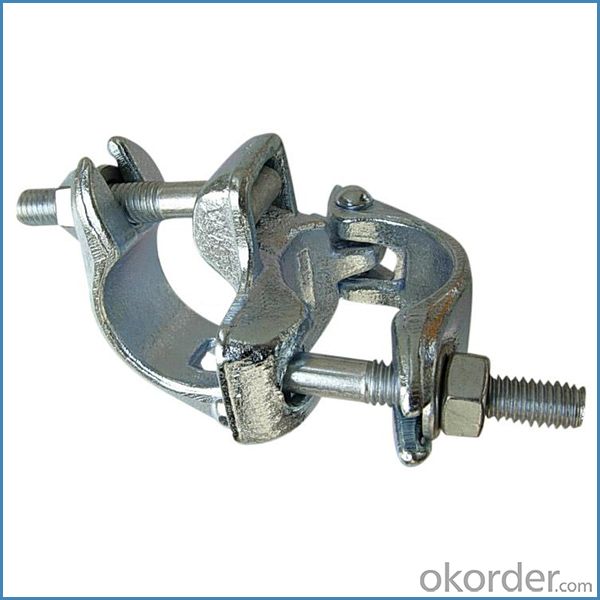
Parameter
| Material | Q235,345steel |
| Size | 48.3mm*48.3mm |
| Surface finish | Galvanized |
| Weight | 1.1kg around |
| Standard | BS1139,EN74 |
| Package | 25pcs/bag,steel pallet |
| Manufacture | As per customer requirement |
| Market | Africa, South America, the Middle East and Asia |
FAQ
Q: Are you a factory or trading company?
We are a state-owned corporation in China,dealing with various kinds of building materials.We have our holding subsidiaries.
Q: Where is your factory located? How can I visit there?
Our factory is located all around China.
Q: Can I get some samples?
Sample is free, customer only pay freight for the first time.
Q: Delivery?
10-30days. (5-15 containers)
Any question,feel free to contact us.
- Q: What are the typical weight capacities of steel tube couplers in scaffolding applications?
- The typical weight capacities of steel tube couplers in scaffolding applications can vary depending on the specific type and design of the coupler. However, in general, steel tube couplers used in scaffolding are designed and tested to safely support heavy loads. For example, a standard double coupler, which is commonly used to connect two scaffold tubes at right angles, typically has a weight capacity of around 5,000 to 6,000 pounds (2,268 to 2,722 kilograms). This means that it can safely support a load of up to 5,000 to 6,000 pounds without the risk of failure or collapse. Similarly, other types of steel tube couplers, such as swivel couplers and beam clamps, also have high weight capacities to ensure the stability and safety of the scaffolding system. Swivel couplers, designed to connect two scaffold tubes at any angle, typically have weight capacities ranging from 4,000 to 6,000 pounds (1,814 to 2,722 kilograms). Beam clamps, used to attach scaffold tubes to steel beams, can have weight capacities ranging from 3,000 to 6,000 pounds (1,361 to 2,722 kilograms) or even higher depending on the specific model and design. It is important to note that these weight capacities are general guidelines and can vary depending on factors such as the quality of the coupler, the condition of the scaffold tubes, and the overall design and setup of the scaffolding system. It is always recommended to consult the manufacturer's specifications and guidelines for accurate weight capacity information and to ensure safe and proper use of steel tube couplers in scaffolding applications.
- Q: Do steel tube couplers have any specific safety certifications or approvals?
- Steel tube couplers possess specific safety certifications and approvals that guarantee their adherence to safety standards and requirements. The ISO 9001 certification is one of the most prevalent certifications for steel tube couplers, ensuring that manufacturers have implemented a quality management system and follow rigorous quality control procedures. Additionally, organizations like the American Society for Testing and Materials (ASTM) or the European Committee for Standardization (EN) may provide certifications for steel tube couplers, evaluating their performance, durability, and safety. These certifications and approvals are vital as they provide customers with the assurance that the steel tube couplers they are utilizing are of superior quality and comply with industry safety standards.
- Q: It's a fiberglass flooring with scaffolding at the bottom to completely cover a pool.
- This is not a difficult job to do so any fiberglass fabricator in Manila, Cebu or Bacolod can easily make one after providing the dimensions. Stick with those jobbers who can show references and previous projects they have worked on. Good luck.
- Q: What are the typical weight limits for steel tube couplers?
- The weight limits for steel tube couplers can vary depending on the specific design and quality of the coupler. However, in general, steel tube couplers are capable of handling significant weights. For smaller and standard-sized steel tube couplers, the weight limits can range from 500 pounds (227 kilograms) to around 2,000 pounds (907 kilograms). These couplers are commonly used for various applications such as scaffolding, construction projects, and temporary structures. For larger and heavy-duty steel tube couplers, the weight limits can be much higher, often exceeding 5,000 pounds (2,267 kilograms) or more. These heavy-duty couplers are typically used in industrial settings, heavy construction projects, and applications that require superior strength and load-bearing capacity. It is important to note that the weight limits for steel tube couplers should always be determined and specified by the manufacturer or supplier. It is crucial to comply with these limits to ensure the safety and stability of any structure or system that utilizes steel tube couplers.
- Q: Can steel tube couplers be used for curved scaffolding structures?
- Yes, steel tube couplers can be used for curved scaffolding structures. These couplers are designed to connect and secure steel tubes at various angles, allowing for flexible and customizable scaffolding configurations, including curved structures.
- Q: Brackets Cast-in-place beam support must be used with bowl button scaffolding, can not use fastener scaffolding, there is no mandatory, or standard file requirements!
- To a more market prospects for the field of building insulation materials
- Q: Can steel tube couplers be used in scaffolding projects with curved or irregular structures?
- Yes, steel tube couplers can be used in scaffolding projects with curved or irregular structures. Steel tube couplers are versatile and can be adjusted to fit various angles and shapes, making them suitable for scaffolding systems that require flexibility to accommodate curved or irregular structures.
- Q: Are steel tube couplers resistant to corrosion?
- Yes, steel tube couplers are generally resistant to corrosion due to their high durability and protective coating.
- Q: Can steel tube couplers be used for both single and multi-story scaffolding structures?
- Yes, steel tube couplers can be used for both single and multi-story scaffolding structures. Steel tube couplers are versatile and can be used to connect steel tubes together to form a stable and secure scaffolding structure. They provide a strong and reliable connection, ensuring the safety and stability of the scaffolding system. Whether it is a single-story or multi-story scaffolding structure, steel tube couplers can be used to create a rigid and durable framework. Additionally, steel tube couplers are designed to withstand heavy loads and provide resistance to different weather conditions, making them suitable for various construction projects regardless of the height of the structure.
- Q: How do steel tube couplers prevent rotation or movement of scaffolding tubes?
- Steel tube couplers prevent rotation or movement of scaffolding tubes by tightly connecting two tubes together, ensuring a secure and stable connection. The couplers consist of a clamp-like mechanism that firmly grips the tubes, preventing any rotational or lateral movement. This ensures the scaffolding structure remains stable and safe for workers to use.
Send your message to us
Right Angle Swivel Coupler British Type for Sale
- Loading Port:
- Tianjin
- Payment Terms:
- TT OR LC
- Min Order Qty:
- 100 kg
- Supply Capability:
- 100000 kg/month
OKorder Service Pledge
OKorder Financial Service
Similar products
Hot products
Hot Searches
Related keywords
